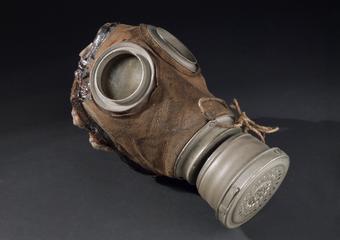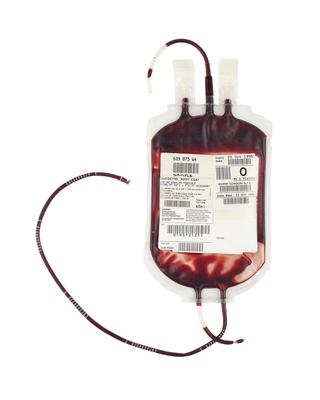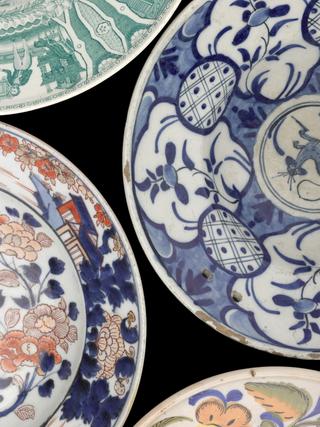
Sign showing a map of a COVID-19 testing centre




Map showing the layout of different laboratory spaces on level 2, the main site for genetic analysis of samples with a handwritten “you are here”, version 6, printed 26 April 2020, Cambridge COVID-19 Test Centre, based at the Anne McLaren Building on the University of Cambridge Biomedical Campus, April 2020 - April 2021
Delivered in just five weeks rather than the normal six month fit out for a testing laboratory the Cambridge COVID-19 Test Centre tested 3 million samples during its year of operation. Maps like this one helped staff and volunteers orientate themselves in the new space. It labels the five main areas people might be working in. Sample receipt is where COVID-19 swabs were received via Royal Mail, courier or from local hospitals. Sample preparation was where every vial was assessed to make sure it is safe and suitable for analysis. This includes adding QR codes to track the sample through the system and barcodes. The team pipette each sample into a well-plate before adding a chemical that neutralises the virus. Finally, the samples are put into a 65-degree oven for 10 minutes – this deactivates the virus so that it is no longer harmful but can still be detected from the PCR test. Each sample has its own wireless QR code and barcode which tracks its journey through the laboratory. Automation or robot helpers are also used to speed up the process. In the RNA extraction areas, robots help out by running the tests. The RNA team prepare the reagents needed and set up the robots. The result is a further plate of purified RNA samples, which can be converted to DNA, in a process called ‘reverse transcription’. Only DNA can be copied or amplified. RT-PCR (Real-time Polymerase Chain Reaction) amplifies genetic material which means if the virus is present, it can be detected. A data analysis team then looks at the results and confirms them. Finally, the anonymous test results are sent back to the NHS who will pass these onto to people and then contact tracing would start.
The Test Centre was originally a collaboration between the University of Cambridge, AstraZeneca, and GSK, staffed by volunteers from the three sites, many of leaving their studies or roles for a few months, or taking on additional jobs. Volunteers worked in shift patterns in the same role to prevent the spread of COVID-19. In June 2020, the testing centre transition to a directly employed workforce, rather than relying on volunteers. The laboratory was run by Charles River Laboratories with 200 staff.
Details
- Category:
- Public Health & Hygiene
- Object Number:
- 2022-72/8
- Materials:
- paper
- Measurements:
-
overall: 210 mm x 297 mm
- type:
- sign




